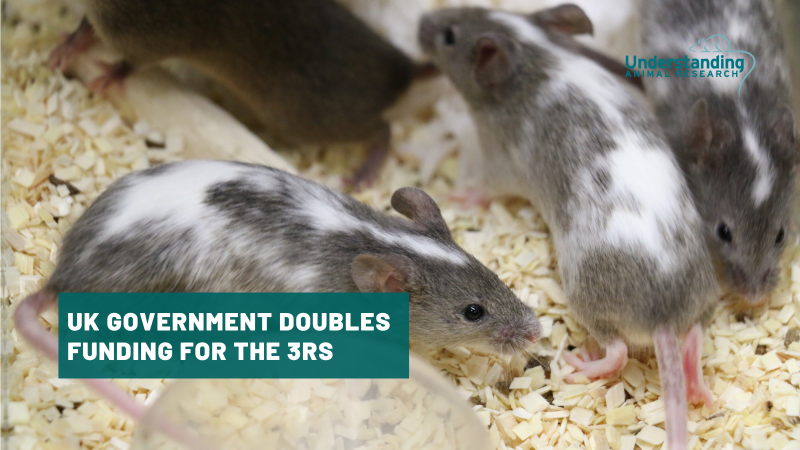Most research animals are cats, dogs or monkeys
More than 80 out of every 100 animals used in research are mice, rats and other rodents. Only one in every 1,000 research animals is a cat or a dog.
Dogs, because of the size and similarity of their organs, are important for the development of new surgical techniques and for the study of the heart, lungs and blood vessels. Cats are important in the study of hearing and brain function. The use of both cats and dogs is subject to particular controls which require that they are specially bred for research. Stray cats and dogs or lost pets are not used for research in Britain.
Some people believe that monkeys and apes (primates) are used in great numbers, but monkeys represent less than one in every 2,000 research animals. Apes are not used at all in the UK and Europe. Smaller primates such as macaques and marmosets are needed for research into very serious conditions such as AIDS and Alzheimer's disease.
Associated Links:
• Types of animals used in research
• Medical advances timeline




